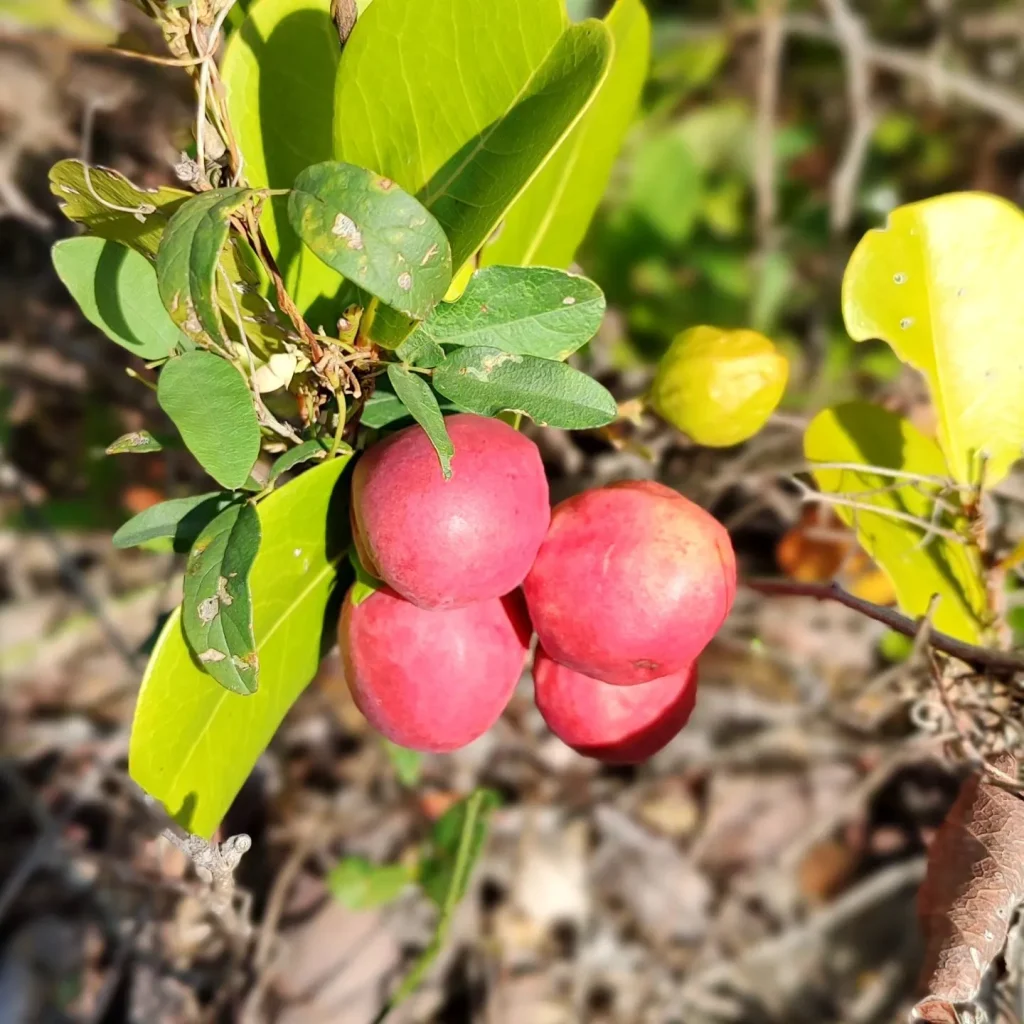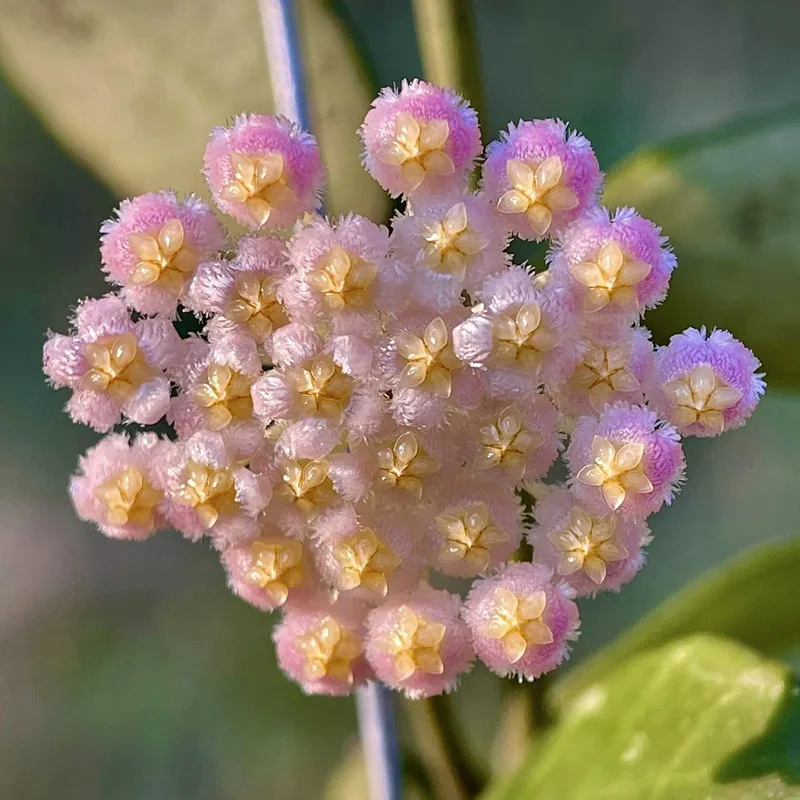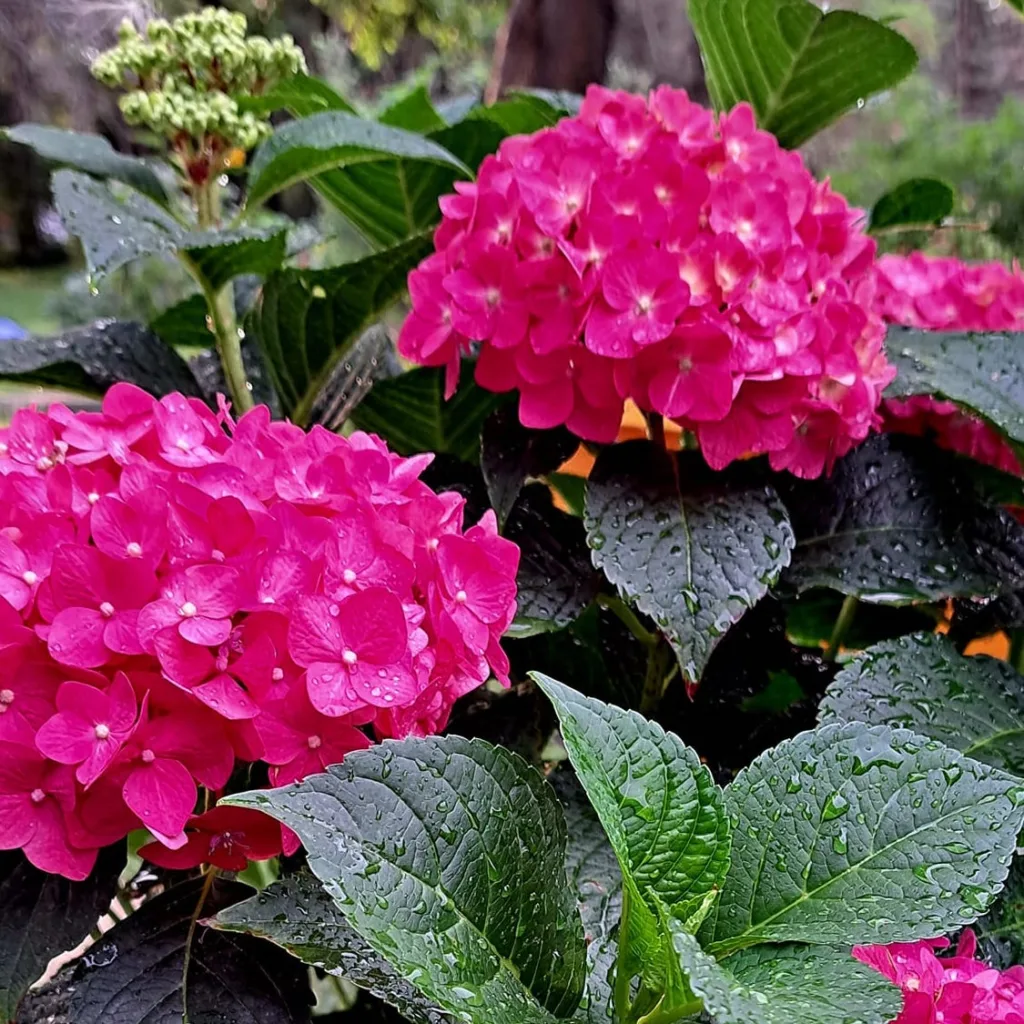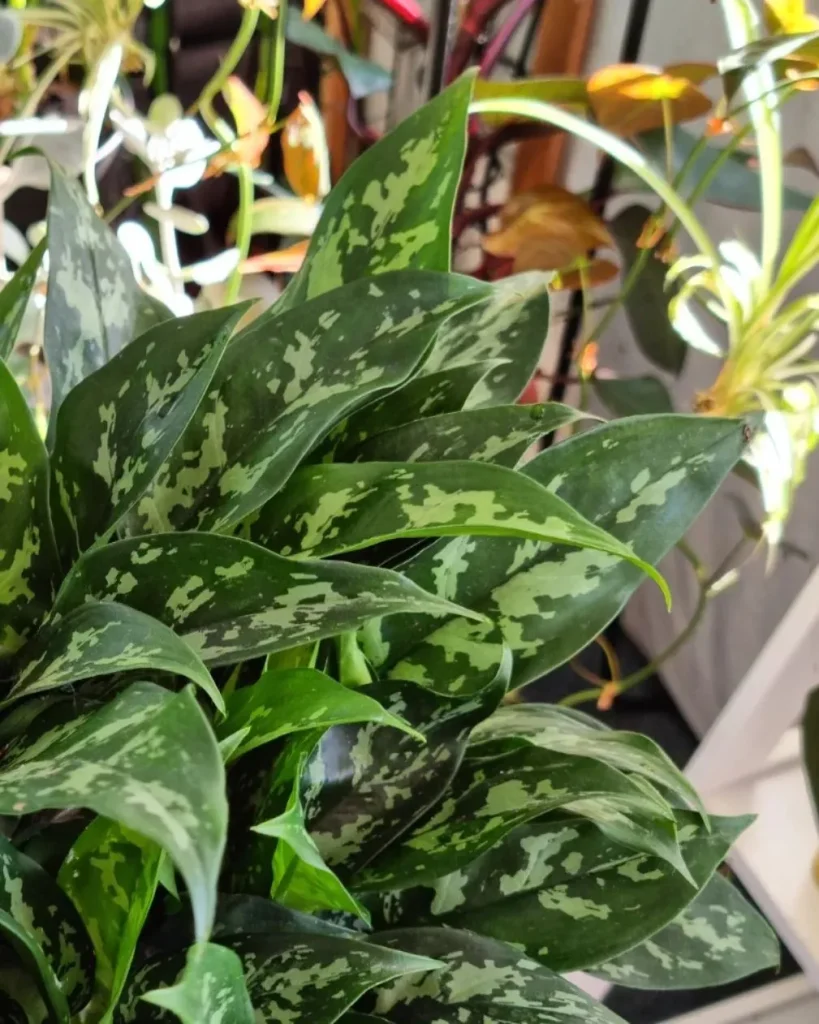What is Cantua Buxifolia?
Cantua Buxifolia, also known as the “Sacred Flower of the Andes,” is a strikingly beautiful plant belong to the Polemoniaceae family, native to South America, especially in regions like Peru and Bolivia. Known for its tubular, vibrant pink or red flowers, Cantua Buxifolia is not only a visual delight but also a plant with significant cultural importance. The flowers bloom in clusters and attract pollinators like hummingbirds, making it a great addition to any garden aiming to support local wildlife.
Plant Family: 27 Genera in Polemoniaceae
The plant is a woody evergreen shrub, typically reaching a height of about 6 to 10 feet. Its slender, arching branches give it an elegant look, and it works well as a focal point in gardens. The foliage is dark green, and the leaves are lance-shaped, complementing the bright blooms beautifully.
How to Grow Cantua Buxifolia?
When it comes to growing Cantua Buxifolia, this plant prefers well-drained soil and plenty of sunlight. It’s best suited for USDA hardiness zones 9 to 11, where temperatures remain mild and frost is rare. If you’re in a colder zone, you might want to consider growing Cantua Buxifolia in a pot so that it can be brought indoors during winter.
Here are some key tips for growing Cantua Buxifolia:
- Sunlight: Full sun is ideal for optimal flower production, but it can tolerate partial shade.
- Soil: Well-draining soil is a must. Sandy or loamy soil is preferred, but the plant can adapt to slightly acidic or neutral pH levels.
- Watering: Cantua Buxifolia prefers moderate watering. Ensure the soil is moist but not waterlogged. Overwatering can lead to root rot.
- Fertilizer: Feed the plant with a balanced fertilizer during the growing season to promote healthy blooms.
With the right care, Cantua Buxifolia can become a showstopper in your garden.
How to Care for Cantua Buxifolia?
Caring for Cantua Buxifolia involves understanding its specific needs. Besides the basic requirements of sunlight, water, and soil conditions, this plant appreciates a bit of regular pruning to keep it healthy and attractive. Since it can grow quite tall, trimming the branches helps to maintain its shape and prevent leggy growth.
You should also be mindful of pests like aphids or spider mites. Regular inspections and natural insecticides can keep these pests at bay. In colder months, mulching around the base of the plant can protect the roots from extreme temperatures.
How to Propagate Cantua Buxifolia?
Propagating Cantua Buxifolia is relatively easy and can be done through cuttings. The best time to take cuttings is during the spring or early summer when the plant is actively growing.
Here’s how to propagate it:
- Take a cutting from a healthy, non-flowering stem.
- Remove the lower leaves and dip the cut end in rooting hormone to encourage faster root development.
- Place the cutting in a pot filled with well-draining soil.
- Keep the soil moist and place the pot in a warm, sunny location.
Within a few weeks, the cutting should begin to root, and you’ll have a new Cantua Buxifolia plant ready for your garden.
Can You Grow Cantua Buxifolia Indoors?
Yes, Cantua Buxifolia can be grown indoors, but it’s important to provide it with plenty of light. Since this plant thrives in full sunlight outdoors, growing it indoors means placing it in a location where it can receive direct sunlight, such as a sunny windowsill. You may also want to use a grow light to supplement natural light during the darker months.
Be mindful of indoor temperatures; keep the plant away from cold drafts or air conditioning vents. Indoor growing may also require more frequent pruning to control the plant’s height and spread.
Is Cantua Buxifolia Toxic?
Cantua Buxifolia is generally considered non-toxic to humans and pets, making it a safe addition to gardens frequented by children or animals. However, it’s always good practice to monitor pets and children around plants, as ingestion of any plant material can sometimes lead to mild digestive discomfort.
Common Problems with Cantua Buxifolia
Like any plant, Cantua Buxifolia can face some common issues. Overwatering is a frequent problem, as it can lead to root rot. Always ensure the soil drains well, and avoid letting the plant sit in waterlogged soil.
Pest infestations from aphids or spider mites can also occur, especially in warmer climates. Regularly inspect the leaves for signs of pests and treat with an organic insecticide if needed.
If you notice yellowing leaves or lack of blooms, it may indicate improper soil pH or insufficient sunlight. Adjust these factors to restore the plant’s health.
What to Plant with Cantua Buxifolia?
Cantua Buxifolia pairs well with other sun-loving plants like lavender, rosemary, or salvia. The bright colors of these plants can complement the vivid pink and red flowers of Cantua Buxifolia, creating a stunning garden display.
You can also plant it alongside native shrubs or grasses to create a low-maintenance, drought-tolerant garden. Since Cantua Buxifolia attracts pollinators, consider pairing it with other pollinator-friendly plants to encourage even more wildlife in your garden.
Benefits of Growing Cantua Buxifolia
One of the key benefits of growing Cantua Buxifolia is its ability to attract pollinators like hummingbirds and bees. Its bright, tubular flowers are especially enticing to these creatures, helping to support local ecosystems.
Additionally, this plant adds a touch of tropical elegance to gardens, and its evergreen nature ensures year-round beauty. The plant’s historical and cultural significance in South America, where it is known as a symbol of good luck, also adds to its appeal.
Comparing Cantua Buxifolia with Similar Plants
When comparing Cantua Buxifolia to similar plants, it’s often confused with other tubular flowering plants like the Fuchsia or even Bougainvillea. However, Cantua Buxifolia is distinct due to its slender growth habit and cultural heritage. Fuchsias tend to have more drooping flowers, while Bougainvillea offers a different growth style and flower structure altogether.
Cantua Buxifolia’s unique form and striking colors make it stand out, especially when placed in the right garden setting.
If i die, water my plants!



